Canberra needs stricter budget rules to ease younger workers’ burden
Does Labor truly get it about spending constraints on the budget? We’re about to find out.
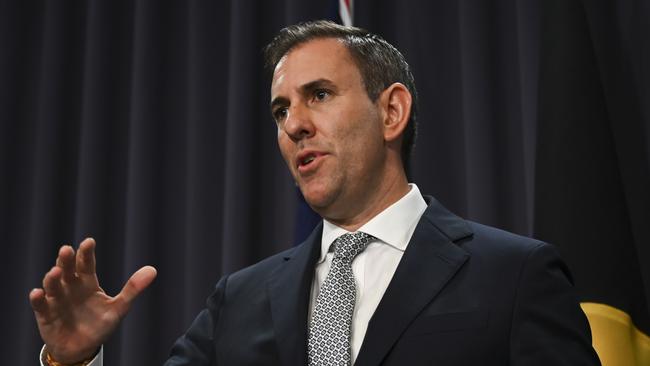
Other taxes seem up for grabs with crossbench arbitrageurs targeting rules on negative gearing and capital gains in the legislative markets. This is some distance from the tax debate we need to improve the nation’s economic performance and secure the revenue base. In any case, tax reform will come, gradually or with a thump, because Gen Z and millennials won’t cop the dire intergenerational consequences.
What needs our attention is the spending side. Cabinet’s expenditure review committee is considering proposals ahead of the May budget. Labor did a post-election spring clean in its “rorts and waste” audit ahead of the October 2022 budget. Coalition programs were dumped on the nature strip while several programs and services, left unfunded by the previous tenants, required a top-up.

That diligent fiscal refresh and the end of crisis-era income support and health measures delivered a 4.9 per cent (after-inflation) fall in spending last financial year. The previous year, straight after the pandemic’s stimulus highs (remember Team Morrison’s catchphrase at the till: “temporary, targeted and responsible”), produced a real spending drop of 9.8 per cent.
Even with Labor’s modest platform, the spending pulse has quickened, brought on by the living-cost squeeze. Albanese touts $23bn in household relief to cut the cost of energy, medicines, childcare, rent and training.
Labor also backed (and fully funded) the Fair Work Commission’s 15 per cent pay rise for 250,000 aged-care workers from last July that will cost $11.3bn across four years. Albanese extended a 2018 Coalition political fix to guarantee cash-rich Western Australia a minimum distribution from the GST pool; it could cost $50bn across a decade according to two respected independent economists.
Every significant policy review – from this week’s Universities Accord to last week’s plan to boost navy firepower – eventually comes with a price and an opportunity cost. There’s also a Greens’ push for getting dental services into Medicare. With the budget in structural deficit for a decade at least, these new “asks” are on borrowed money.
The $42bn National Disability Insurance Scheme could triple in cost across a decade. A new federal-state fiscal sustainability framework is supposed to limit cost growth to 8 per cent by 2026.
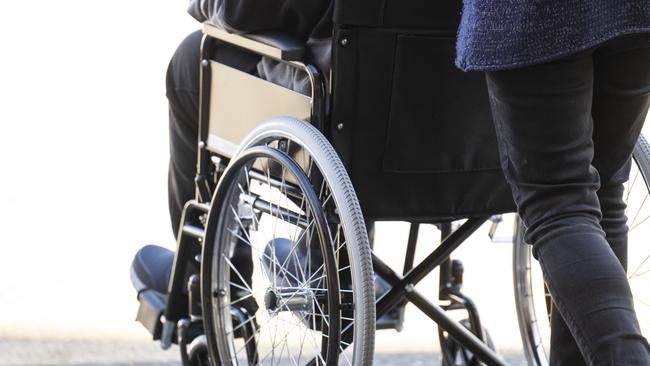
But Canberra is exposed to the risks of cost overruns. The pressure is on Labor to limit the numbers accessing its signature scheme and the cost of services.
Does Labor, in the spending and taxing trenches, get it about the budget constraint? We’re about to find out. An ageing Australia is more expensive to run and refurbish. When Kevin07 yawped about the wayward John Winston – “this sort of reckless spending must stop” – federal payments were $60bn less than they are now (in today’s dollars). As a share of the economy, Peter Costello’s 2006-07 surplus was almost twice as large as the one Jim Chalmers posted last year.
December’s mid-year budget update revealed a $1.1bn underlying cash deficit this year; the May budget had estimated a $13.9bn deficit. Across four years, revenue was revised up by $64bn, offset by new spending of $28bn, because of more costly interest on government debt, the NDIS and the childcare subsidy.
Treasury secretary Steven Kennedy told parliament last month real payment growth “is expected to remain low by historic standards and is forecast to average 0.8 per cent over the five years to 2026-27”. Take out that first year, which reflects the Covid wind-down, and annual spending growth is 2.2 per cent. Not a disaster but a metric that needs to be kept in lights. So, too, Labor’s off-budget funds for the energy transition, infrastructure, housing and industry support. It’s our money on the table.
Kennedy noted the return of tax upgrades to the budget means, among other things, that gross debt is expected to fall to 34 per cent of GDP by the end of June (from 39.1 per cent three years earlier at the height of the pandemic). Net debt, which takes into account the government’s financial assets, is expected to fall from 28.4 per cent to 18.4 per cent of GDP across that period.
“While these improvements are encouraging, budget deficits are still projected across the medium term, and the debt-to-GDP ratio remains high by historic standards,” Kennedy said.
Amid elevated export prices and a low jobless rate, a bloated Canberra is adding “nice to haves” to forever spending, already saddled with the “big five”: health, aged care, disability services, defence and debt interest. The states, in degrees of distress and largesse, also are expanding their girths: S&P Global credit analyst Martin Foo warns the cost of servicing a record $600bn state debt pile risks “creating a vicious feedback loop”, where lagging states “will borrow merely to meet interest outlays”.
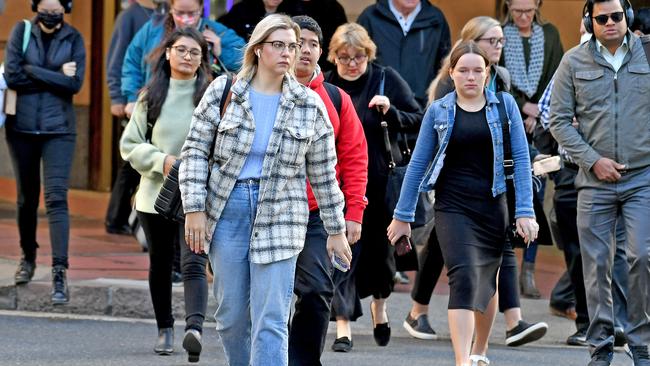
Migration and public demand are driving the economy; government spending ratcheted up from a pre-pandemic 22 per cent to 26.5 per cent of GDP; it has stayed there because of cost-of-living relief, more public servants and capital works. That uplift is equivalent to $115bn in today’s dollars.
Last year’s Intergenerational Report outlined a steady decade ahead where we pop back into the black; tax receipts rise as a share of the economy because of a rising income-tax burden on workers. But the arithmetic of an older society, fewer workers and slow growth – an average of 2.2 per cent across the coming four decades compared with 3.1 per cent in the previous four – is unforgiving. Spending rises and deficits pile up, pushed on by inexorable fiscal forces; combined, the IGR said, the five big payment categories increase from about one-third of total government payments today to about one-half by 2063.
The Treasurer has a policy mantra of “relief, repair, reform”, which he road-tested in Sao Paulo this week among his G20 ministerial peers. The middle R is about fixing the budget and supply chains. Rather than being prescriptive and specific, Labor’s fiscal rules are a vibe of good intentions under the Charter of Budget Honesty. The post-GST compact inked by Labor’s custodian Wayne Swan in 2009 was for real spending growth kept to 2 per cent a year on average until surpluses are at least 1 per cent of GDP. Swan never got a surplus, running chunky post-global financial crisis deficits as revenue evaporated, but did keep spending growth under the benchmark while Labor was in office; the fiscal bombs in education and NDIS were detonated during Tony Abbott’s tenure.

The Coalition also set broad fiscal goals, including “targeting a budget balance, on average, over the course of the economic cycle”, but committed to “maintaining a tax burden consistent with a tax-to-GDP ratio at or below 23.9 per cent”. Chalmers has spurned that constraint (with the tax take creeping up to 24.3 per cent this year), labelling it “arbitrary”. If elected, Peter Dutton will restore that anchor.
In pre-budget submissions, business groups have called for more fiscal discipline on both sides of the ledger. The Australian Chamber of Commerce and Industry is pushing for a spending cap of 25 per cent of GDP to prevent cost blowouts and consequent tax increases.
The Business Council of Australia requested a revised budget charter to include a well-specified fiscal strategy based on quantitative rules, including the previous tax cap, and debt projections. Capping expenditure growth at 2 per cent is critical, the big business lobby argues, given the prospect of spending growth of 3 per in the latter years of this decade.
In its survey of Australia, the OECD said countries seeking to ensure the sustainability of public debt have used a net spending ceiling “as an operational tool and approach to articulating a more explicit fiscal objective”. “Ceilings are specified in net terms, so that additional space for spending can be created by discretionary tax increases, while tax cuts need to be offset by more restrictive spending,” it said.
The OECD argued that focusing on the spending side can be helpful given there is typically more control over spending than revenues. “This may be especially the case in countries such as Australia where global commodity price developments have a significant influence on tax receipts,” it said.

Do fiscal rules make a difference? Yes and, sadly, no. IMF research suggests explicit rules “can foster better spending behaviour” and are usually associated with superior budget outcomes. Over time, experts say, countries with transparent and bipartisan fiscal rules have had the most success in reducing debt.
But governments get around the rules, marking some outlays as investments and using their balance sheets to spend on pet projects. Given government accounting tricks and poor visibility into public finances, there are ample ways to fleece a budget.
Everybody agrees we need to get more from taxpayer dollars, especially in health, disability and aged care, which will require innovative delivery models. The OECD says we need to spend more on preventive health, where Australia lags behind Britain, Canada and New Zealand.
Canberra has introduced an Australian Centre for Evaluation in Treasury to run the ruler over programs and conduct randomised policy trials. It will collaborate with other bodies in the capital. There are high hopes for it among officials.
The task for governments, as one official put it to Inquirer, is eternal fiscal vigilance. First, they must avoid money pits, especially given voguish green-industry policy and the prevailing national security mentality. Second, grind on: seemingly tiny tweaks can make a huge difference down the track, as can a little slippage.
The Parliamentary Budget Office found that even with new measures to limit NDIS spending, more people will enter the scheme and average costs are expected to rise. Across a decade the NDIS will rise from 1.6 per cent to 2.3 per cent of GDP – or what we spend on the Age Pension.

If the NDIS cost growth rate were two percentage points higher this would require $14bn a year in additional expenses by 2034, leading to a fiscal deficit, all other things being equal. Conversely, if the growth rate were two percentage points lower, it would lead to a stronger fiscal surplus by the end of the medium term.
What level of debt should we aim for? Zero is obviously too low, given the hands-on approach to cutting carbon emissions. Plainly, 50 per cent is too high. Yet keeping debt relatively low may be hardwired: our attachment to impeccable credit worthiness, debt aversion (especially boomers who lived the wild days of external account angst) and an economic crisis roughly every decade.
Our public debt levels are not extravagant by global standards but have risen in the past decade, and are getting higher because of “nebulous” fiscal rules, poor cost control and random project sequencing and political “big build” ego trips in states such as Victoria.
The pressures of ageing make fiscal discipline more urgent; stiffing the well-off can get politicians and officials only so far. Eventually the penny drops, tax planning kicks in, the dollars dry up and ordinary, usually younger, workers pay more. Much more. Precise budget rules that stick will keep our governments honest and the fiscal crazies at bay.


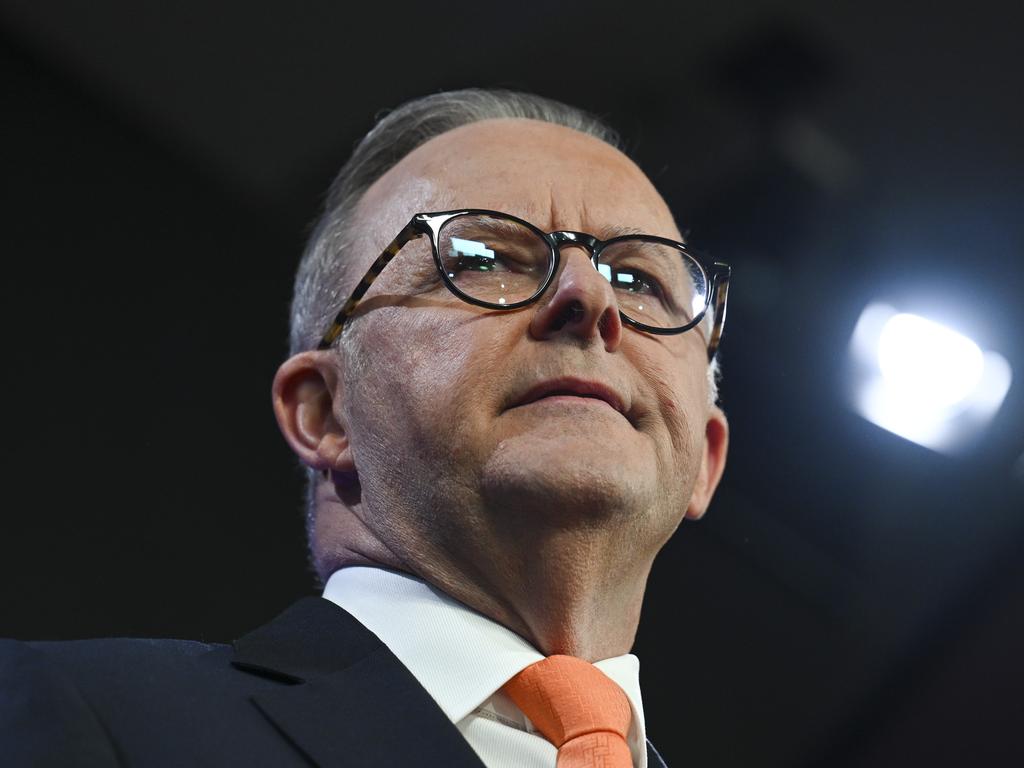
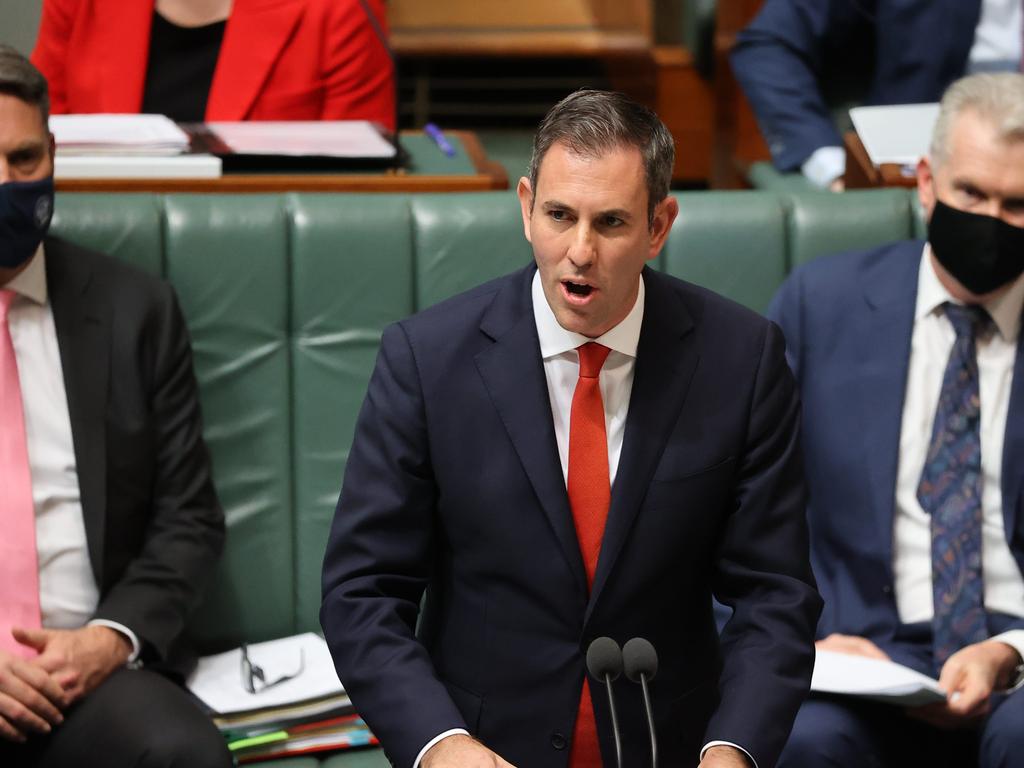



Policyville has been fixated on tax ever since Anthony Albanese’s volte-face on the stage three tax cuts. Labor’s revamp, which passed parliament this week, spurns high-income earners but spreads the love; the Prime Minister claims 84 per cent of taxpayers get a bigger slice from July 1 than they would have under the Coalition’s plan.